
While iPhone users flash their handsets to make payments and wait with bated breath for the release of Apple Watch, another of the company’s smartphone-based initiatives is ready to roll out — and it will forever change how people run their homes.
From turning on lights to securing locks, Apple’s smart home plans are designed to bring an array of third-party products to the iPhone ecosystem in a way we’ve never seen before.
Here’s what you need to know to plan for your Apple-centric connected home:
How Apple’s Smart Home Will Work
Siri will become your digital butler, turning up the heat and closing blinds at your command. But how that happens deserves some explaining. Requiring neither a new hardware device nor an operating system upgrade, Apple’s smart home capabilities will let users discover, configure, create actions for and control smart home devices using their iPhone’s operating system.
As an element already baked into Apple’s iOS 8, its integration will be seamless and largely invisible to consumers. If you’ve ever used Apple’s AirPlay technology to stream audio to a speaker or video to an Apple TV, you’re already familiar with how it operates.
But developers know the technology as HomeKit, the programming framework responsible for running Apple’s connected home ecosystem. Like AirPlay (and CarPlay and iBeacon, other Apple-approved interfaces for connecting with third-party products), HomeKit is designed to streamline communications between Apple’s gear and accessories like web security cameras, smart plugs, thermostats, and more. This framework ensures that however complex a third party company’s device is, in the eyes of iPhone users, it will just work (to paraphrase the late Steve Jobs).
In other words, when you tell Siri to “turn on the downstairs lights,” no matter the room, or the make and model of smart home lighting solutions, the connected lights in your home’s downstairs will turn on.
You can also use Siri to define rooms, zones (which are collections of rooms, like the “upstairs” consisting of your bedrooms, the bathroom, and the hallway), and scenes (a group of actions that typically have one trigger, like a “welcome home scene” that opens the garage door and turns on the porch lights).
Your iPhone Is Ready Run The House
According to Apple, your iPhone is already able to throw a house party — it’s just waiting for the products to join in. For proof, just ask Siri to lock your doors; she’ll reply that she doesn’t see anything connected yet. The company rolled out its HomeKit interface with iOS 8, so if you’re running the current operating system, then you’ve already got a smart home — no upgrading necessary.
Well, that’s not entirely accurate, because you still need the right accessories and apps to control your home using Apple’s protocols.
Apple’s Smart Home Accessories: Coming Soon?
If you look at the array of portable iPhone speakers available, you’ll see Bluetooth speakers and “Made for iPhone” (MFi) AirPlay speakers. The difference between the two is that Bluetooth uses a radio technology that’s open to almost any smartphone, while AirPlay streams using special hardware that typically only Apple devices use.
While that may come across as proprietary nonsense when it comes to audio, as it applies to connected home technology, it’s smart and secure. Because Apple-compatible smart home accessories pack Apple-approved MFi chips, they’re able to provide end-to-end encryption. In other words, when you say “Unlock the door” to Siri, that command gets encrypted by your phone, it’s sent through the web, and finally lands at your lock, where it’s decrypted. The command can only be unscrambled at the hardware level, so it makes your smart home safer from hackers.
But those chips are what’s holding up the Apple smart home. Apple has approved three vendors to build HomeKit MFi chips: Broadcom, Marvell, and Texas Instruments. But it’s taken time for them to be developed, approved, tested, and manufactured. The chips began shipping to product makers in November, but according to Apple, they have yet to be approved (or, for that matter, mass produced).
That means smart home products currently on the market — even those on the shelves of Apple Stores — aren’t going to be compatible with Apple’s smart home initiative. They are iPhone compatible, meaning you can control them with their respective apps, but Siri won’t recognize them.
However, it’s possible some of them can be updated to adopt the new HomeKit framework. For instance, if you’ve already got connected lightbulbs (which typically require a hub to connect to your home’s Wi-Fi network) swapping out their hub for for a new, HomeKit-compatible version will allow Siri to see them.
But if you already have a smart thermostat — unless the manufacturer swaps out your device for one with an MFI-chip — Siri will always give it the cold shoulder.
See the World Await and Celebrate Apple's iPhone 6
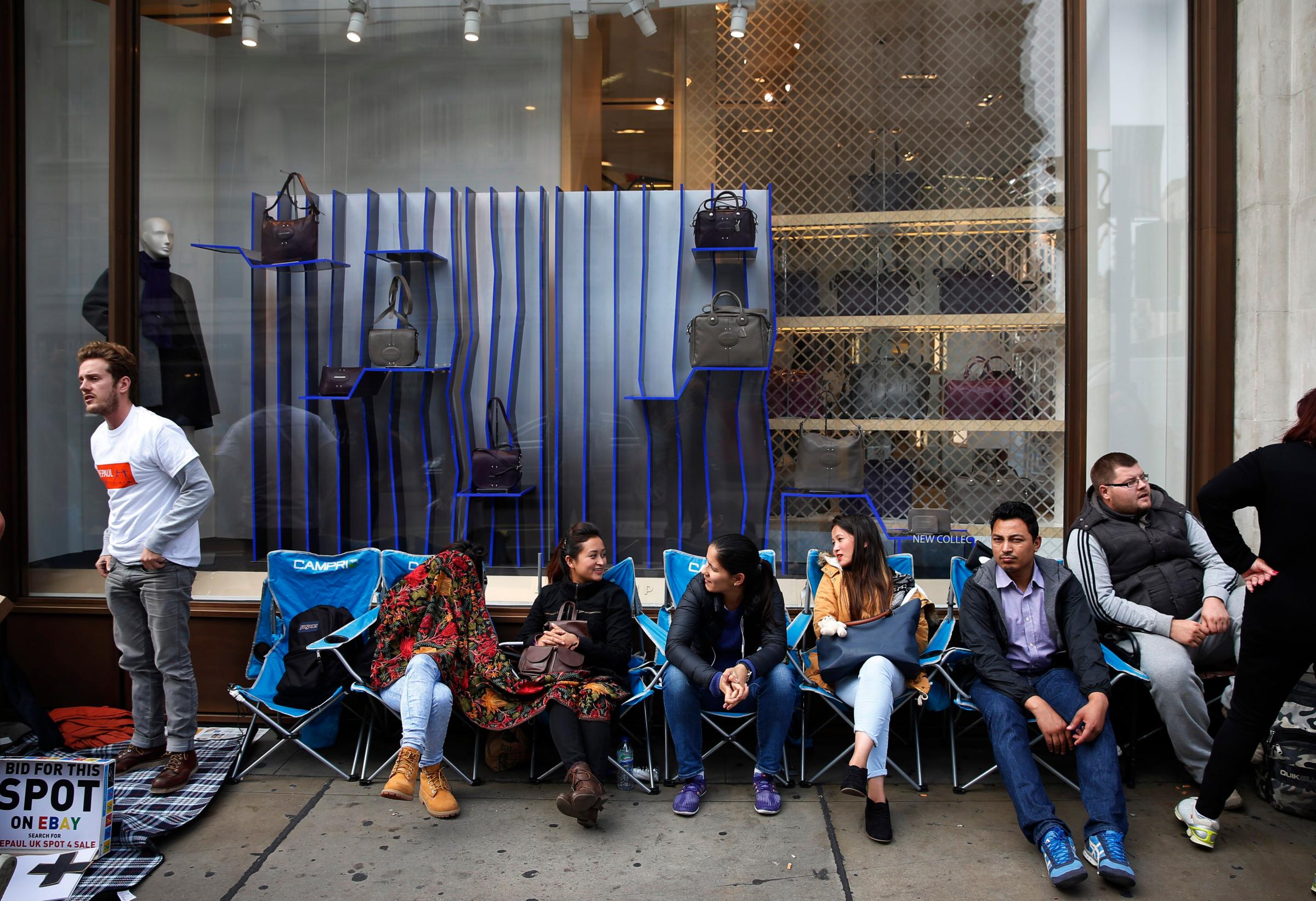
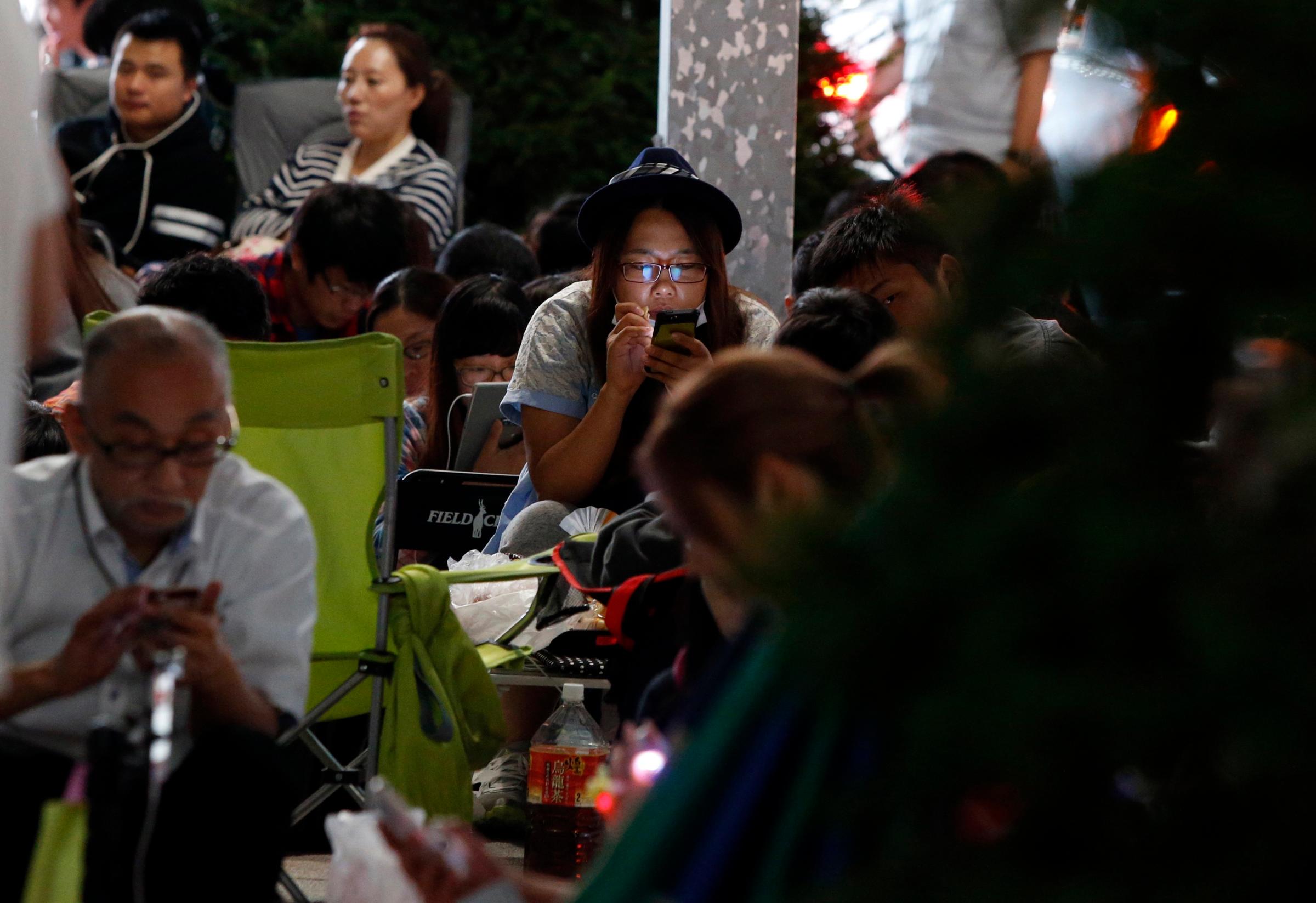



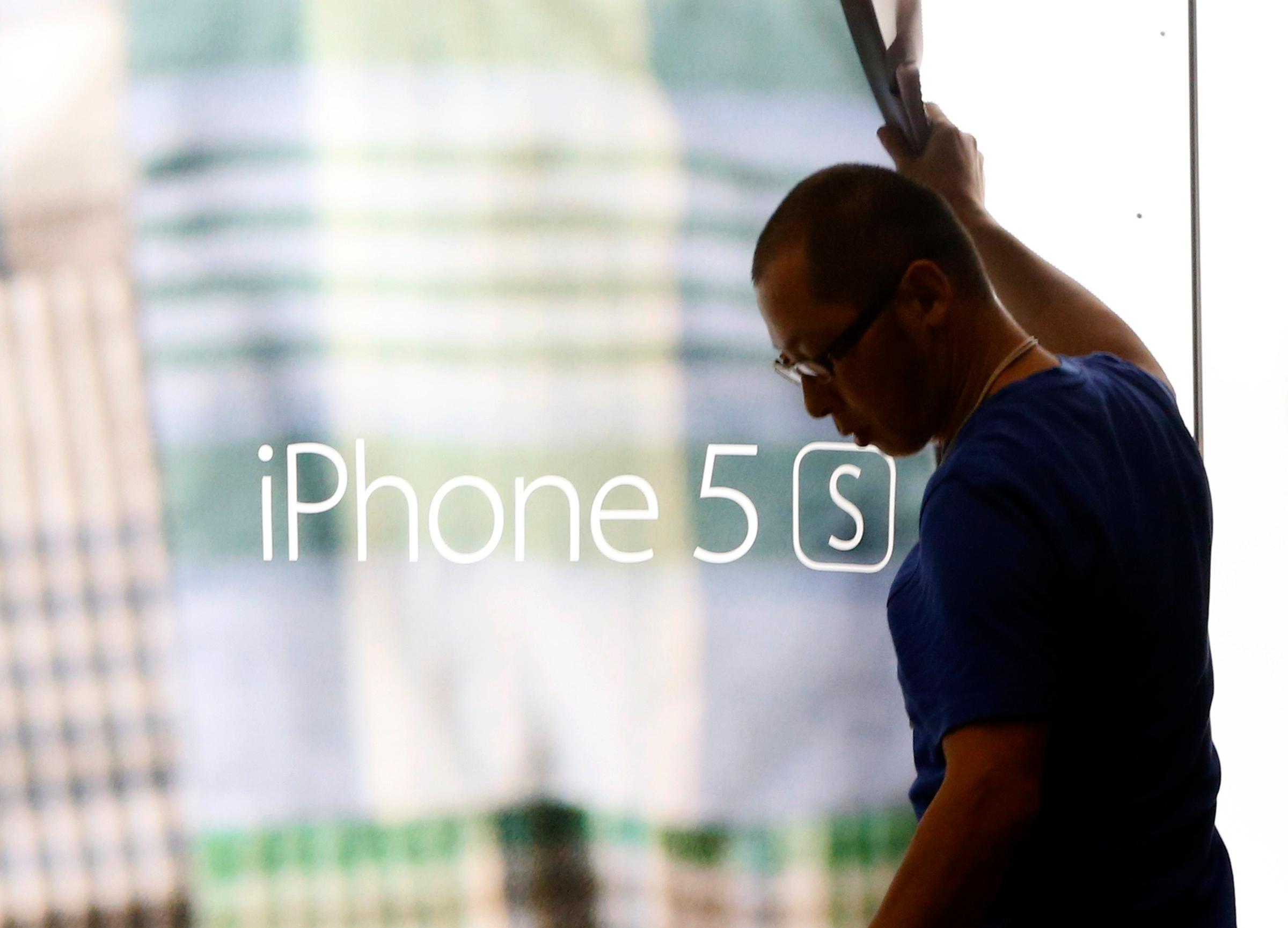
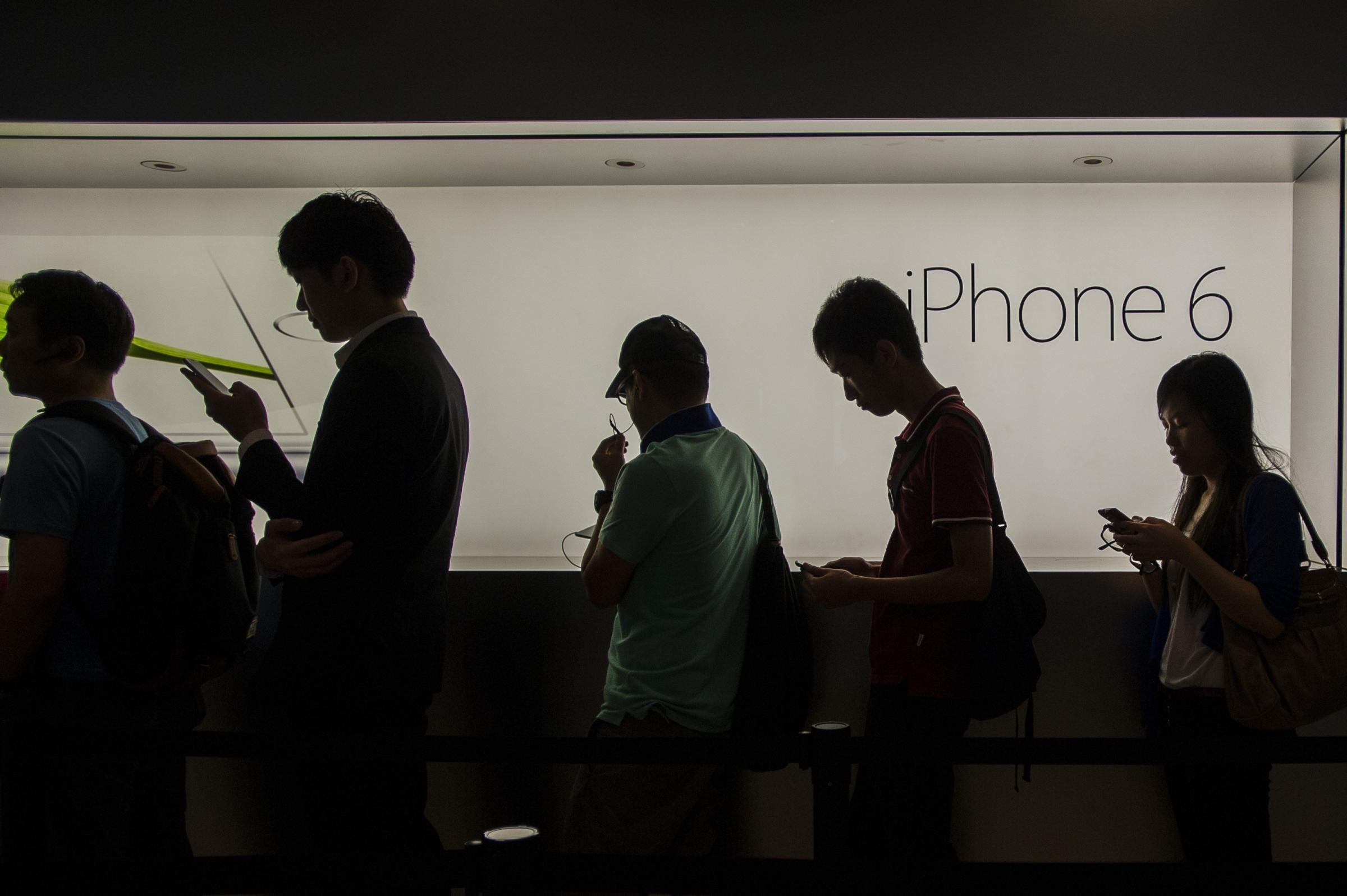



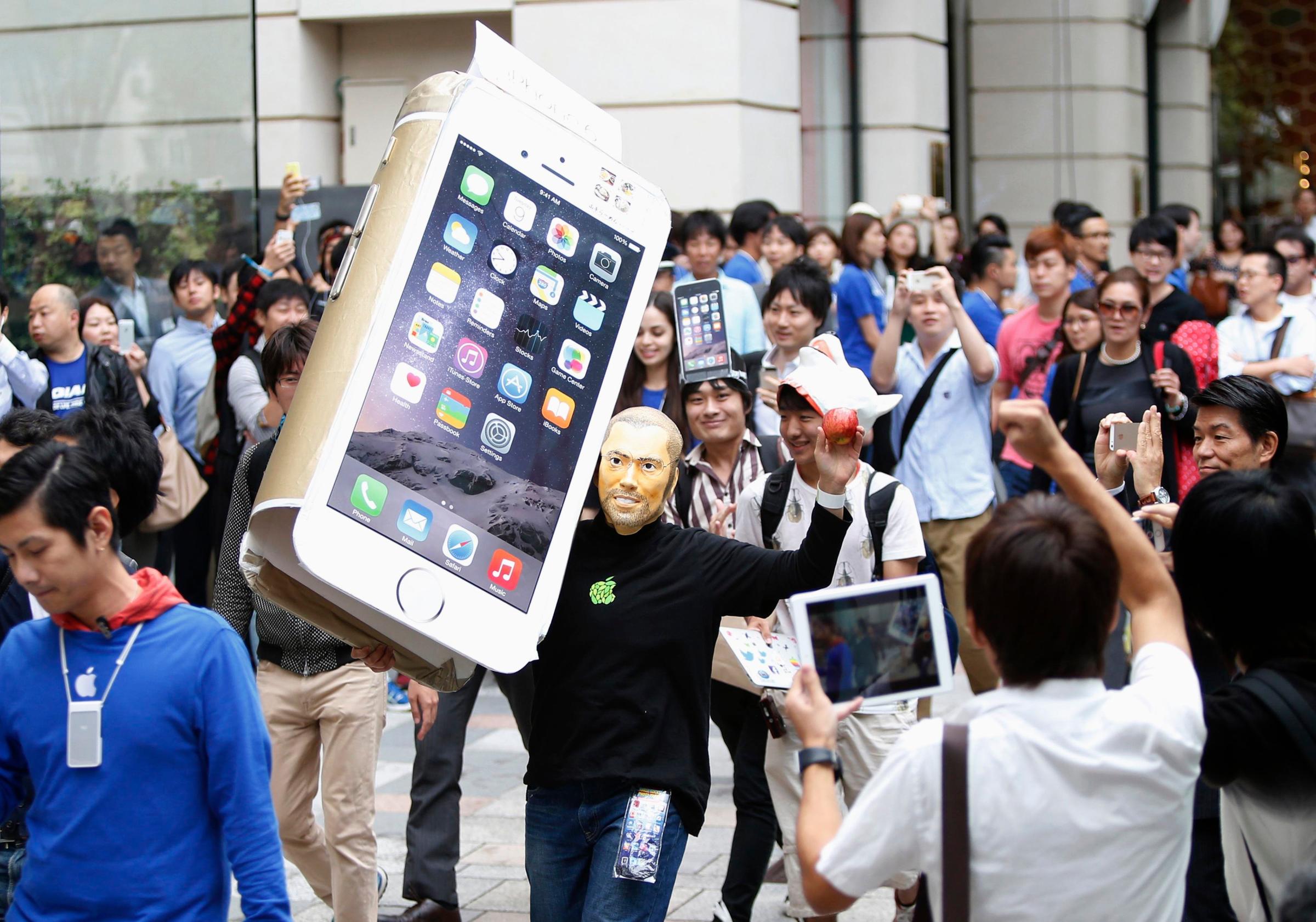


Apple TV: Your Smart Home Away From Home
Apple wanting to get a device into the home is nothing new — it’s had Apple TVs in living rooms as far back as 2006. But the most recent version of the Apple TV is a vital element of Apple’s smart home plan. Acting as a resident device, it gives users an access point to their home Wi-Fi network, allowing you to remotely control your smart devices using Siri when you’re away from home. So if you’re at work and tell Siri to turn on your porch light, the Apple TV makes sure that happens.
But if you don’t have an Apple TV, you can still have an Apple-compatible smart home — you just won’t be able to have Siri control it when you’re away from your Wi-Fi network.
Apple has sold 25 million Apple TVs, not only giving so many iPhone users secret smart home powers they never realized they had, but also affording the company a huge head start in the smart home race that will take place this year. Now if only Apple could get those MFI chips into smart home products — because without those connected devices, Siri is practically just talking to the wall.
More Must-Reads From TIME
- The 100 Most Influential People of 2024
- Coco Gauff Is Playing for Herself Now
- Scenes From Pro-Palestinian Encampments Across U.S. Universities
- 6 Compliments That Land Every Time
- If You're Dating Right Now , You're Brave: Column
- The AI That Could Heal a Divided Internet
- Fallout Is a Brilliant Model for the Future of Video Game Adaptations
- Want Weekly Recs on What to Watch, Read, and More? Sign Up for Worth Your Time
Contact us at letters@time.com